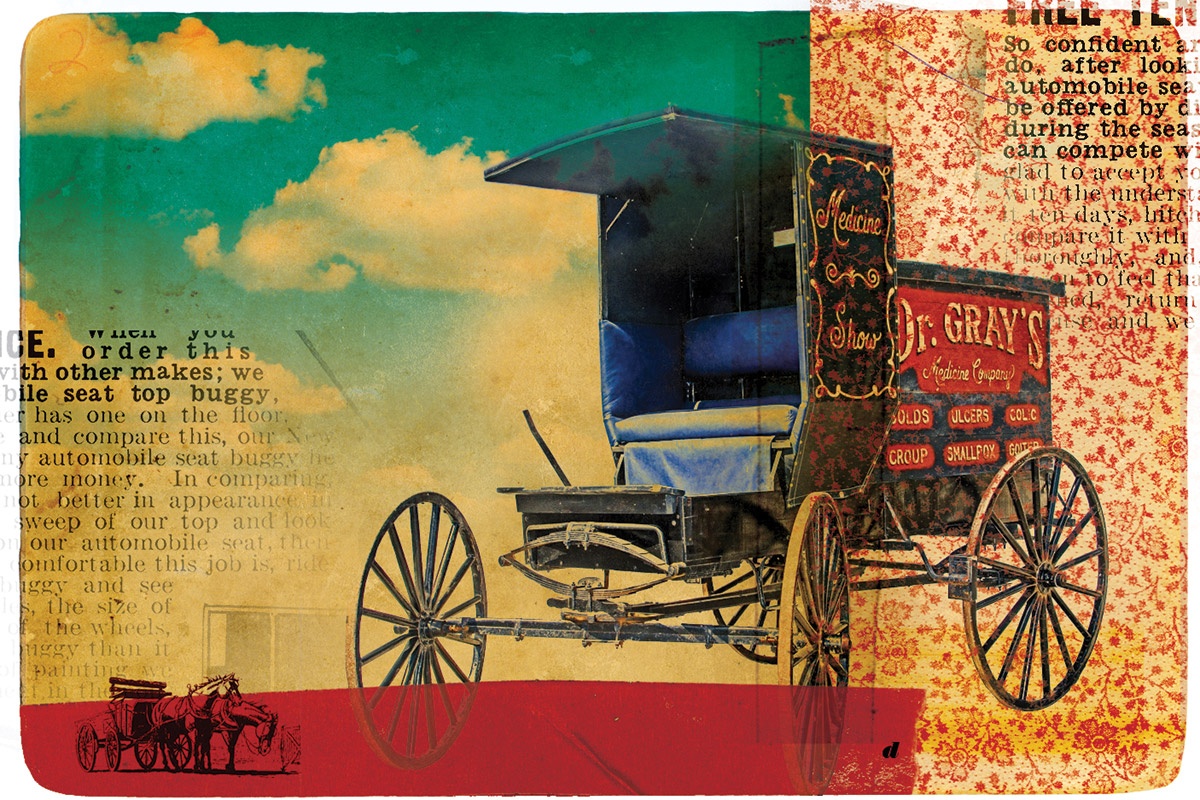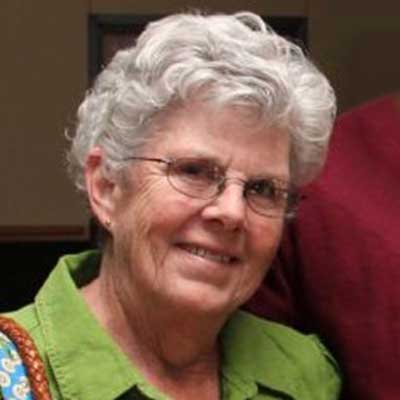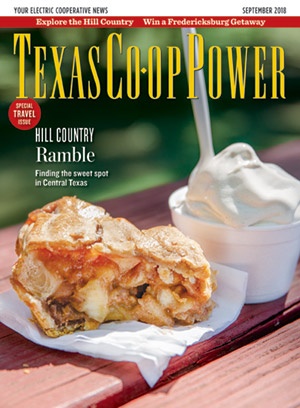The muffled cadence of trotting horses drifts in the Hill Country breeze when I arrive at the Buggy Barn Museum to enjoy a version of Old West atmosphere. Proprietor Dennis Moore, in his battered hat and dusty boots, could have stepped straight out of a classic Western. In fact, on the day I visit the museum, Moore had just returned from working on a film set in Austin.
The 10-acre site on the northern edge of Blanco, on U.S. 281, features nary a nod to modern times. The museum’s office, just inside the red gates, recalls the 19th century. It occupies a rustic cabin with a wooden porch and an inviting rocking chair. Longhorn cattle contentedly ruminate in the shade of trees near the highway, and a line of buggies and wagons is visible outside the museum’s red door.
The 140-plus horse-drawn vehicles in the museum provide a hands-on history of travel from the early 1860s to about 1900. Each buggy, carriage, hearse and wagon embodies its own story, and Moore demonstrates knowledge of every nuance.
Moore’s fixation began in childhood when his father bought a pony and cart for him and his brother. Serious collecting over the past 18 years has filled the large museum and expanded onto the surrounding grounds. From a massive Conestoga wagon to a light and classy Studebaker surrey with red fringe on top, the vehicles served the needs of a range of 19th-century travelers.
Moore is a fifth-generation Blanco resident who has encouraged his wife, children and extended family members to take an interest in the collection. His wife’s lifelong love of horses made her easy to convince. “It wouldn’t be nearly as much fun without the family involved,” Moore says. “My grandchildren, ages 7 and 11, love to give tours.”
The Buggy Barn Museum provides an educational opportunity to step back into the days of horse-drawn travel. Expansion of the collection and preservation of the history of horse-drawn transportation are the museum’s primary goals. Moore uses the vehicles in parades and re-enactments, but along the way, word spread to film companies that horse-drawn vehicles could be rented from the Buggy Barn along with horses to pull them and drivers to handle the reins. In recent years, the movie business has kept Moore busy. Between 30 and 40 of his vehicles were used in the 2010 remake of True Grit.
Along with buggies and wagons, the museum houses a collection of vintage saddles, boots, guns and other memorabilia important for dressing a film set. Many of the museum’s artifacts graced the screen in the recent Western series The Son. Moore also furnished horses and wagons for There Will Be Blood, filmed in Marfa with actor Daniel Day-Lewis.
Trailers with raised ceilings haul the horses, vehicles and equipment to a film’s location. Moore has 20 horses, two donkeys and a black German shepherd named Kira who also is a movie star. With his grizzled beard and mustache, Moore looks right at home driving a team in a Western movie. In his most recent movie venture, Support the Girls (not a Western), he held the title of transportation coordinator, working all week in Austin and returning to Blanco on weekends.
With his encyclopedic knowledge of the Old West, Moore explains exactly how metal foot warmers burned coal to keep passengers from arriving at their destinations with frozen feet. He can point out the differences between a phaeton and a brougham and show visitors the tube that made it possible for those inside to talk to the driver. This is a man who lives and breathes the Old West—although he has been known to put a set of small wheels under a bright red sleigh and drive Santa in the Blanco Christmas Parade.



